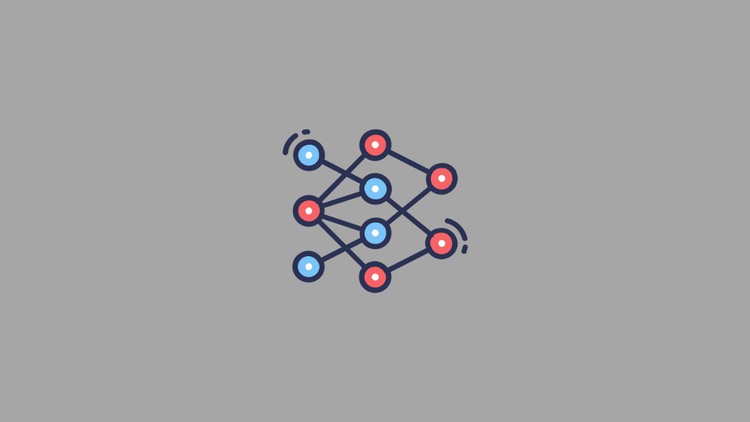
Learn about machine learning and its powerful applications in scientific research!
What you will learn
Learn when it is appropriate to apply machine learning to scientific research
Learn how supervised and unsupervised machine learning algorithms work
How to take raw data and apply machine learning to develop conclusions
How to conduct your own research project using machine learning
Description
Get introduced to machine learning and become equipped with the knowledge of applying machine learning to your research for FREE from the comfort of your home.
Get access to valuable tutorials and lectures that will make you comfortable using state-of-the-art machine-learning techniques for your research. You will learn:
- Why ML is used, and where to apply ML to scientific research?
- Preprocessing Techniques: Data Augmentation, SMOTe, PCA
- Supervised Machine Learning: Convolutional Neural Networks
- Unsupervised Machine Learning: The Louvain Method
This course is for anyone regardless of experience with machine learning. In fact, you will learn the basics of applying machine learning to research from scratch.
The course begins by giving you an overview of where exactly machine learning can be applied to the scientific process. The course teaches you not only why machine learning is such a powerful tool, but also in what instances it is appropriate (and also when it is not appropriate) to apply machine learning to scientific research.
Armed with this knowledge, you will explore multiple data preprocessing techniques that are crucial for applying machine learning to your research. With these mastered, you will delve straight into applying machine learning techniques to effectively generate results for your research work, with interactive tutorials along the way. Jupyter Notebooks with detailed comments are available for every tutorial.
This course is sprinkled with advice on how to get the best results when applying machine learning. Throughout the course, you will see first-hand how to apply the knowledge you learned to real-world data to solve research problems such as early cancer detection, and analyzing gene expression data in patients with life-threatening ailments. Furthermore, you will get a primer on important topics such as finding quality datasets for your research and tips for sharing your work.
Upon completing this course, you will have the knowledge to effectively apply machine learning to your own research projects. You will also have a intuitive understanding of how your machine learning algorithms work, not only making your research more robust, but also easily interpretable for a general audience.
Content